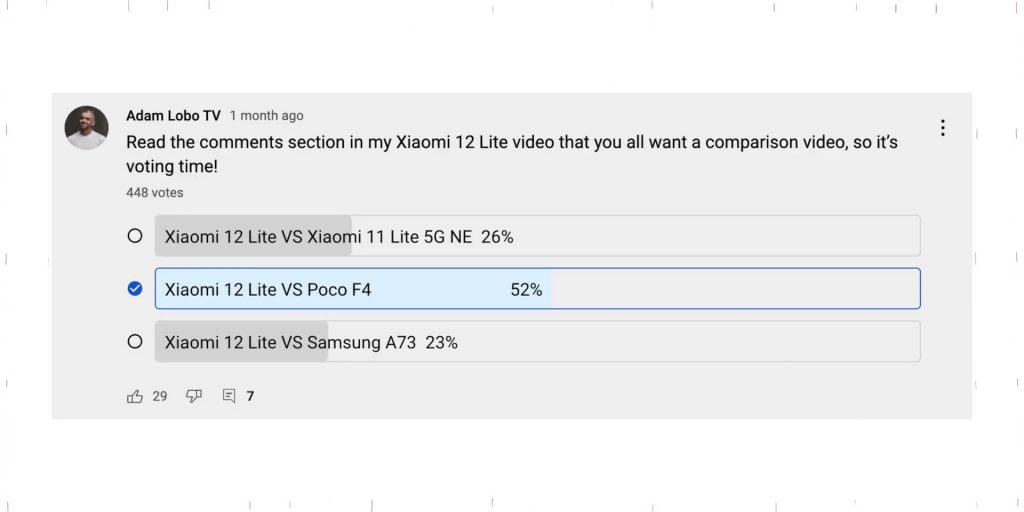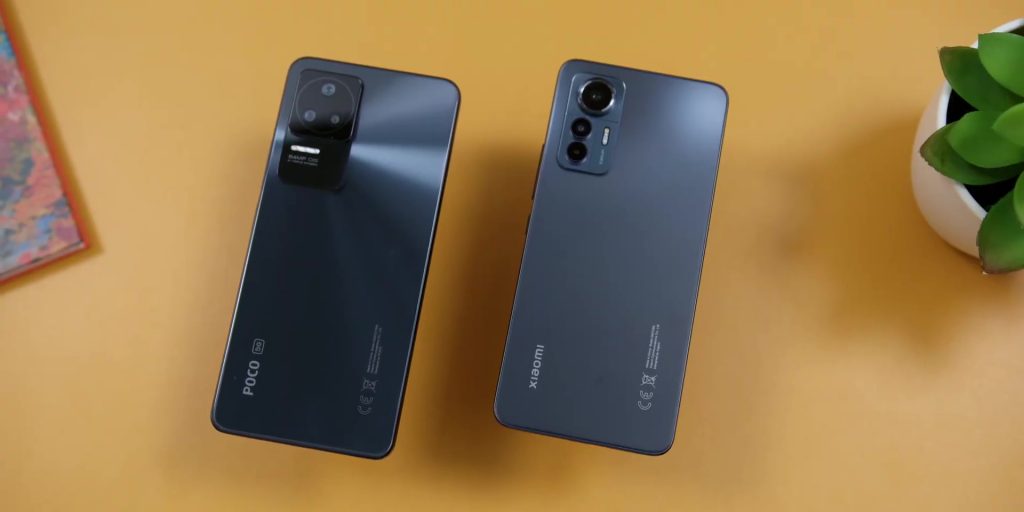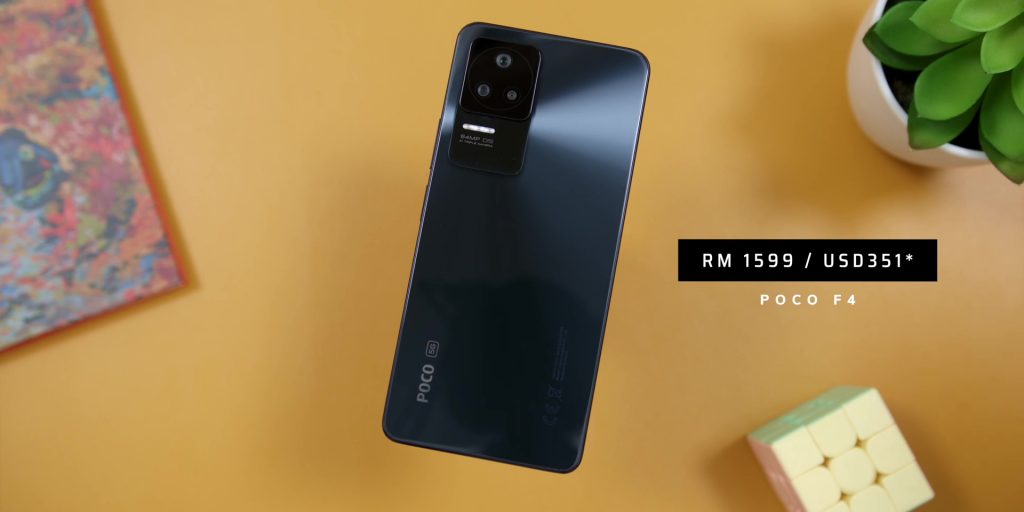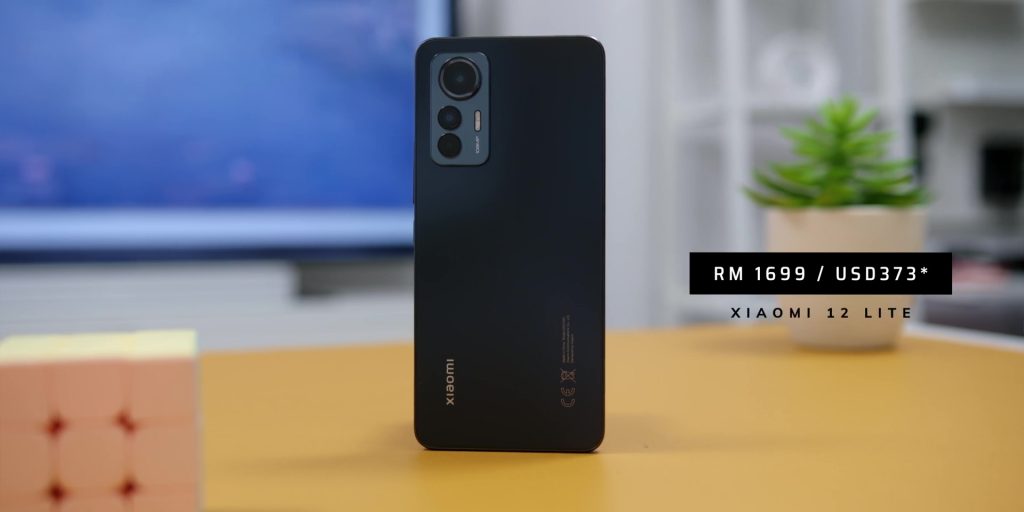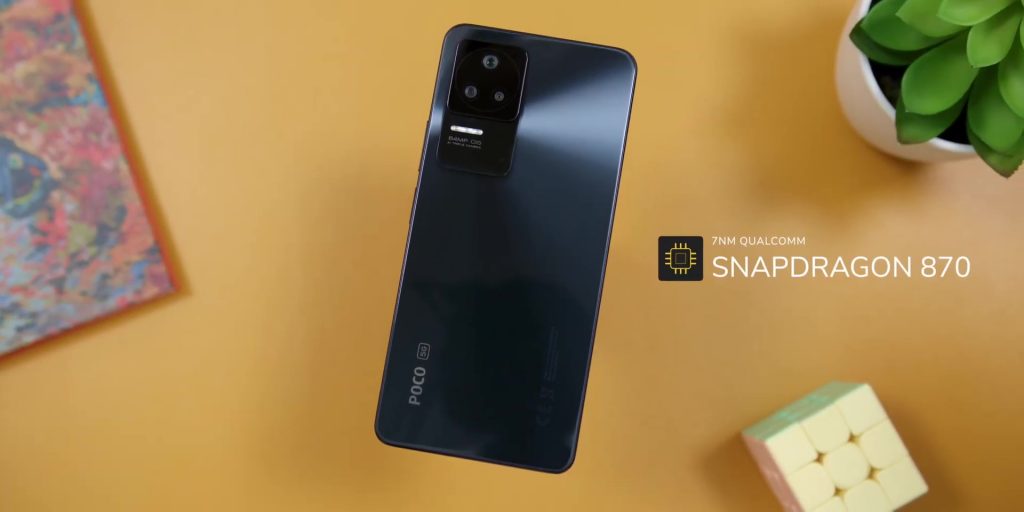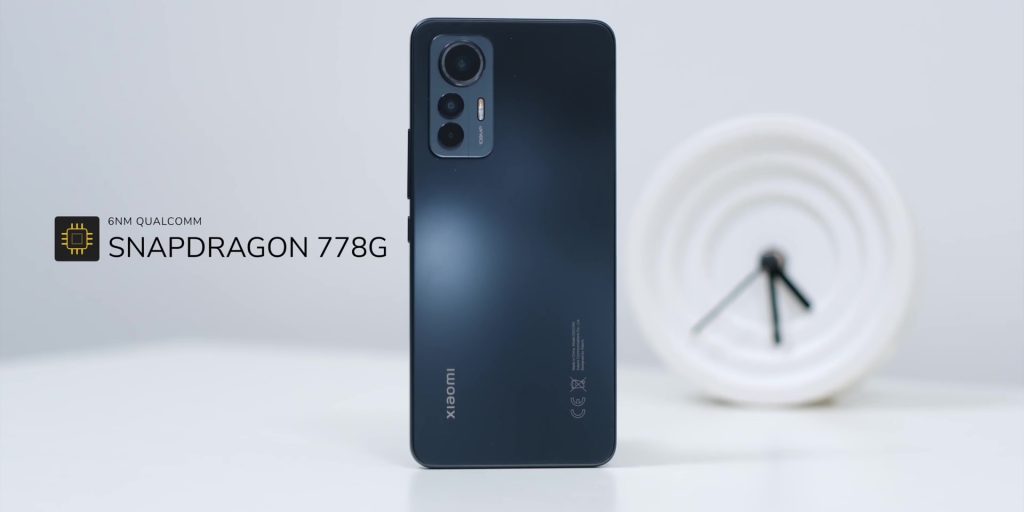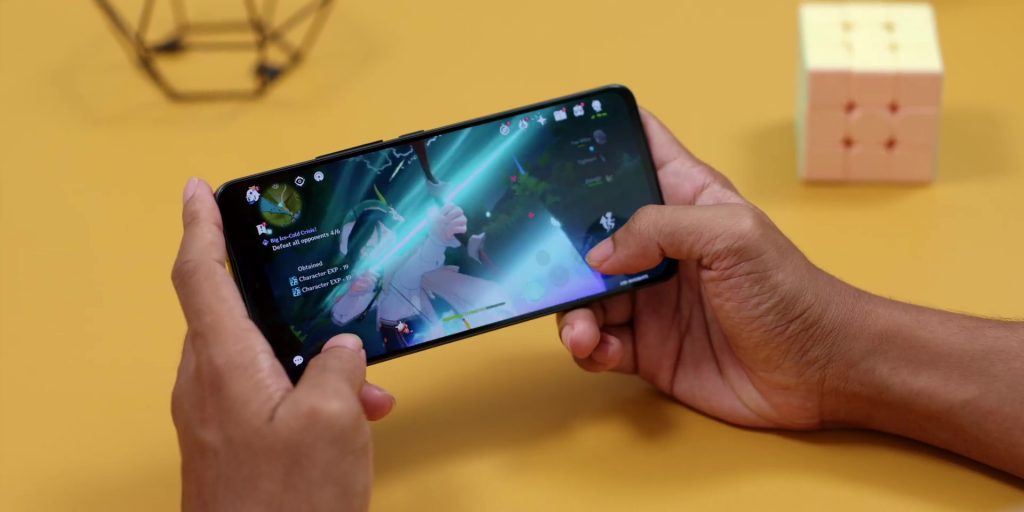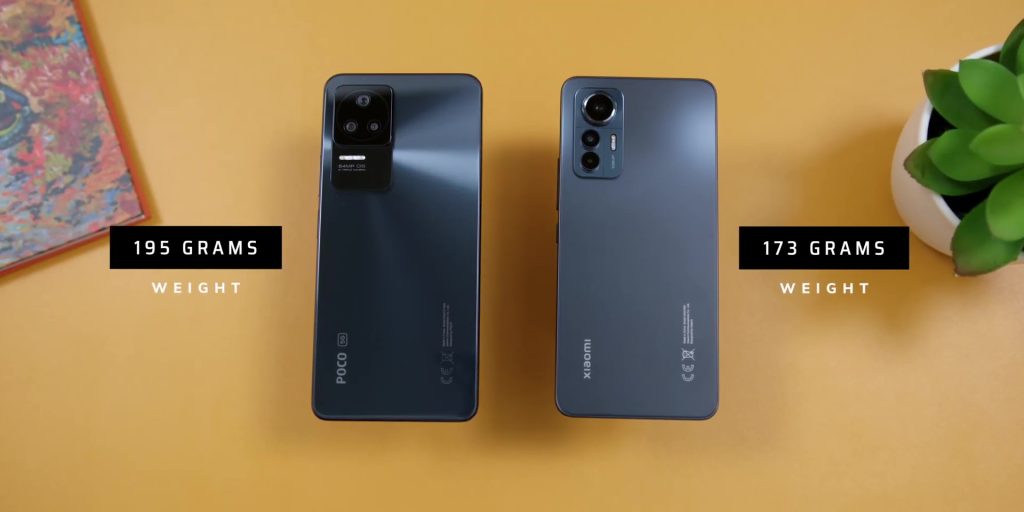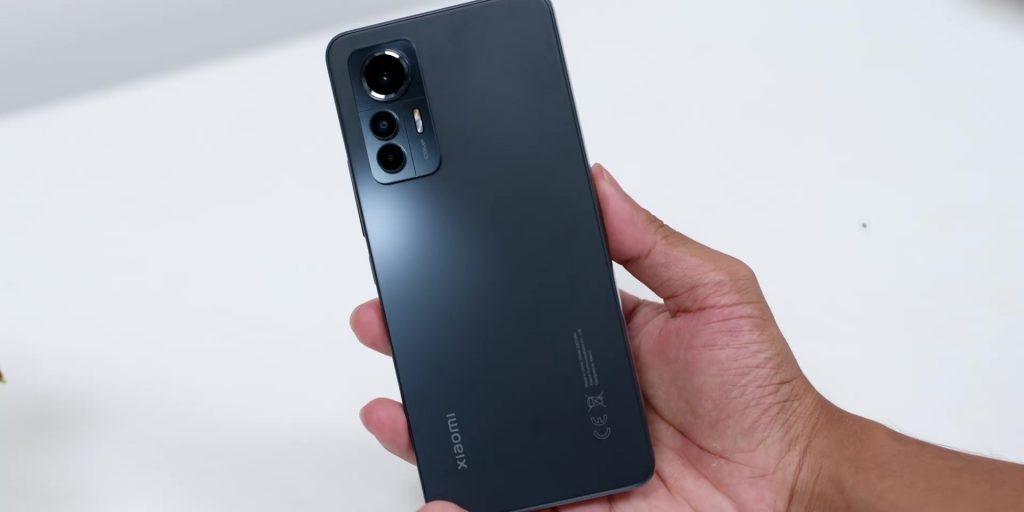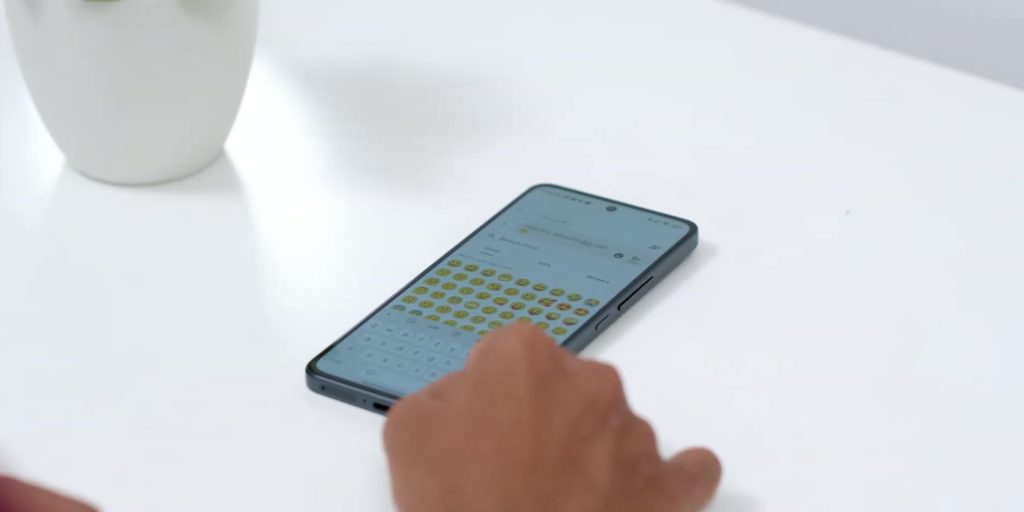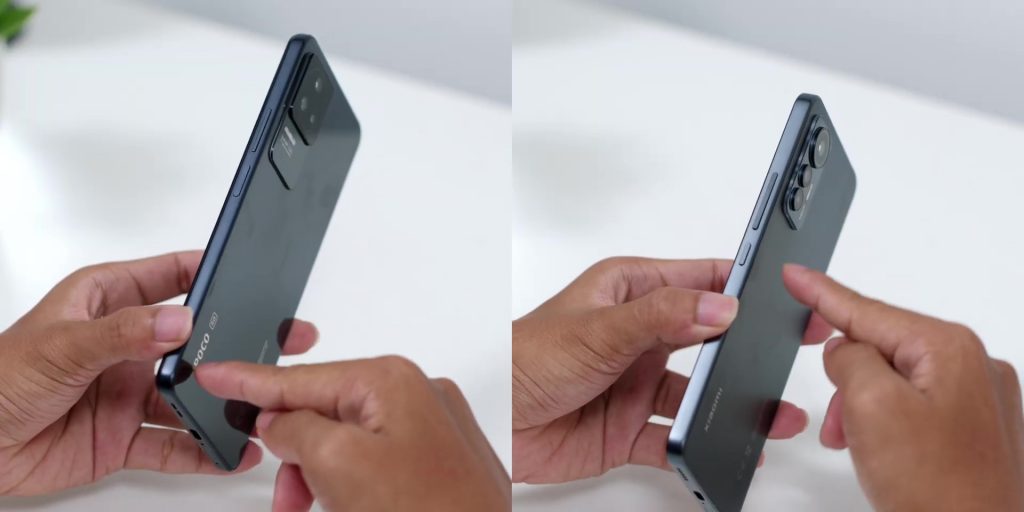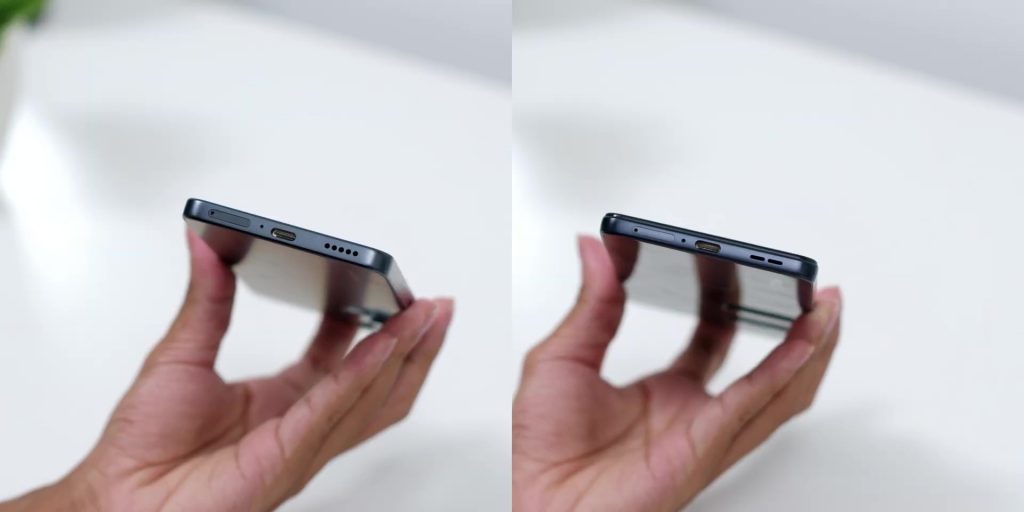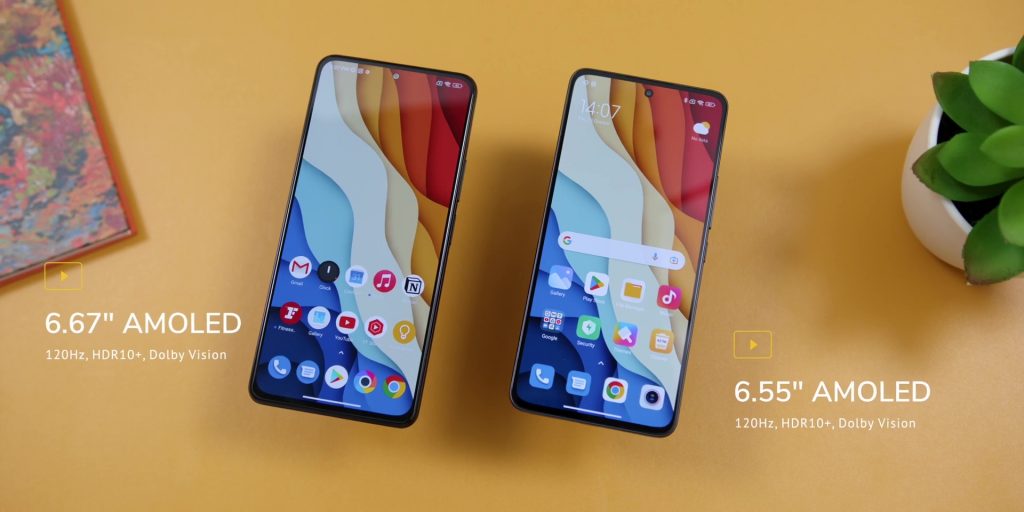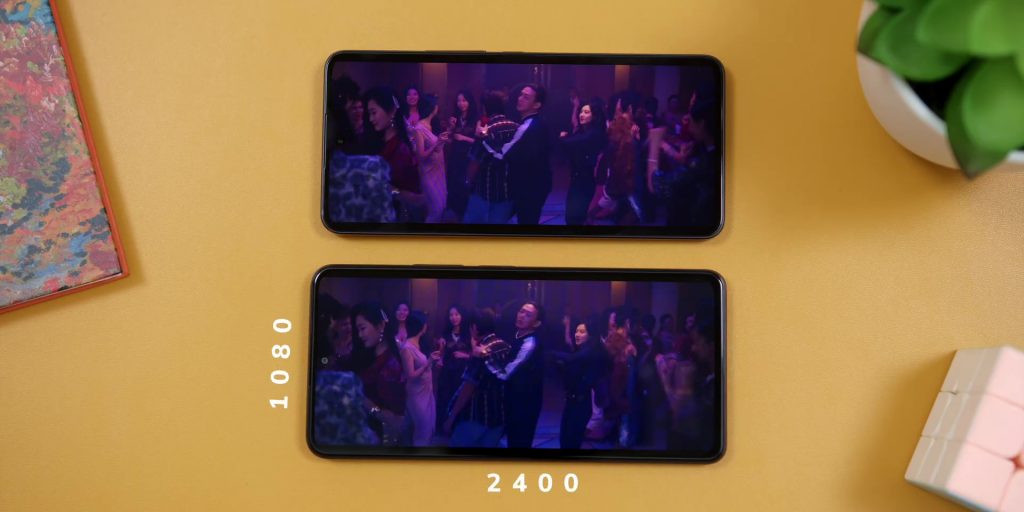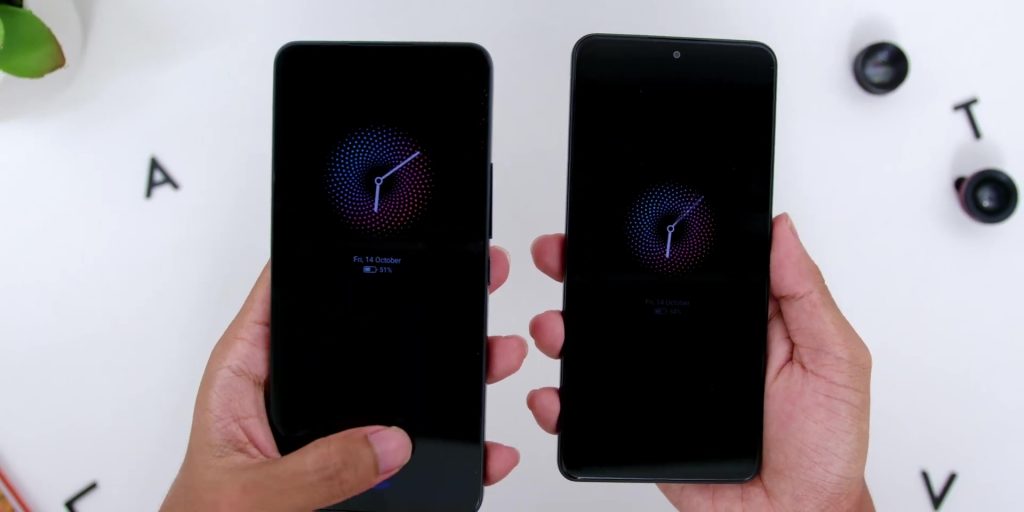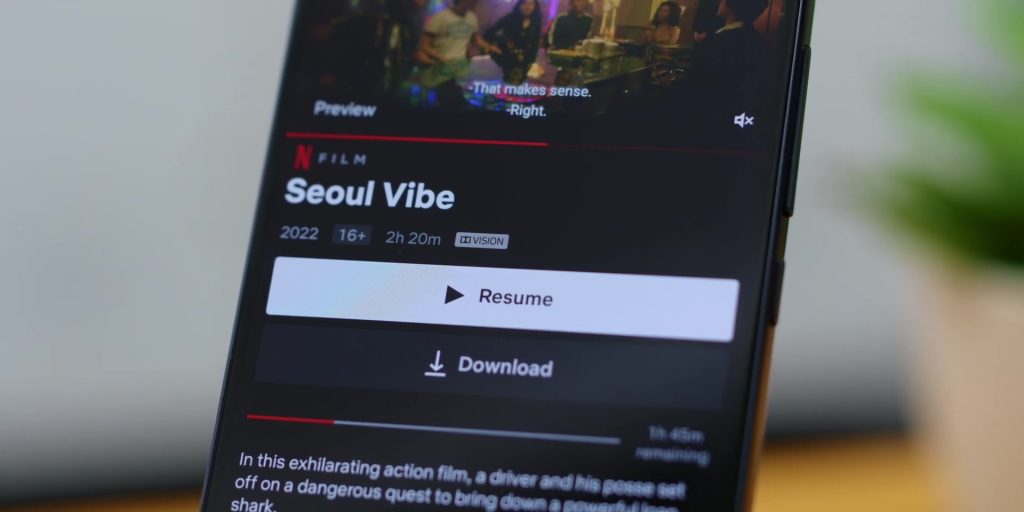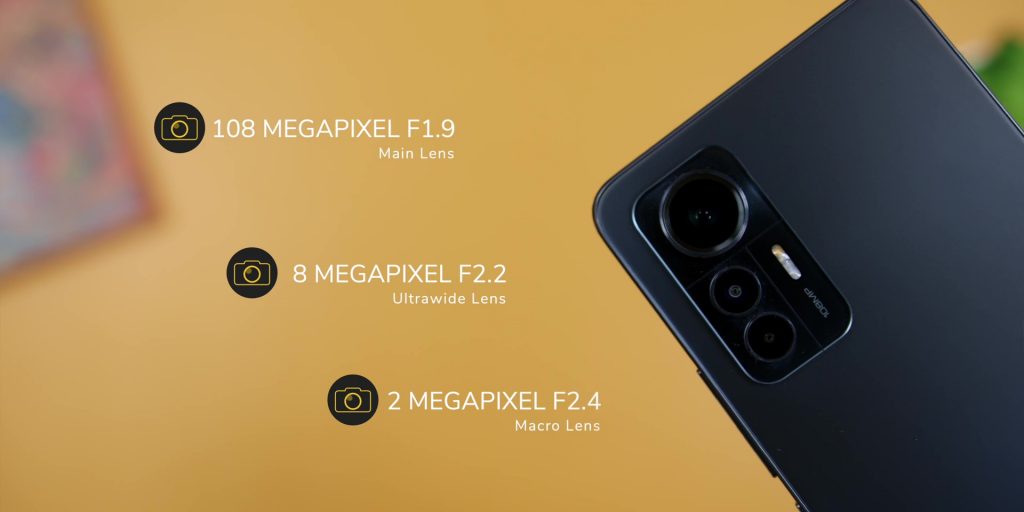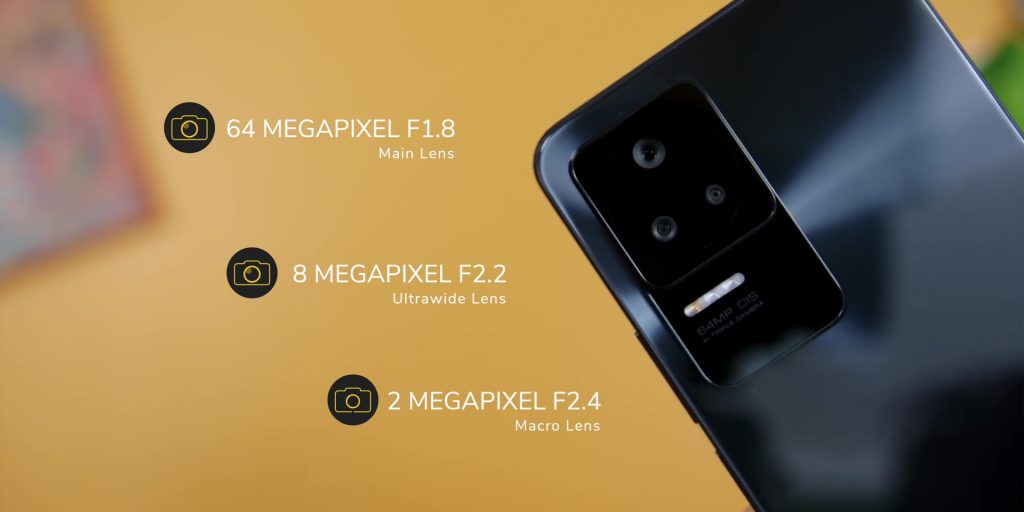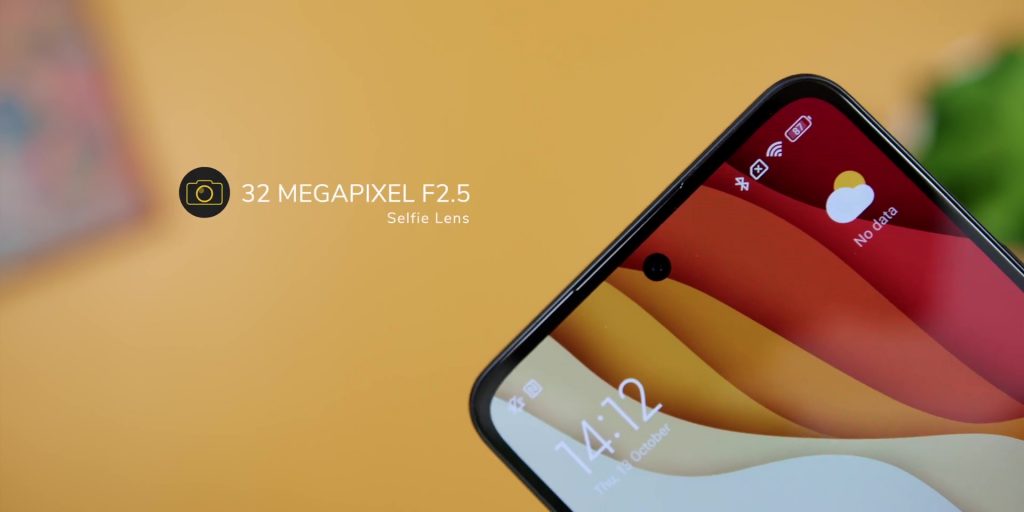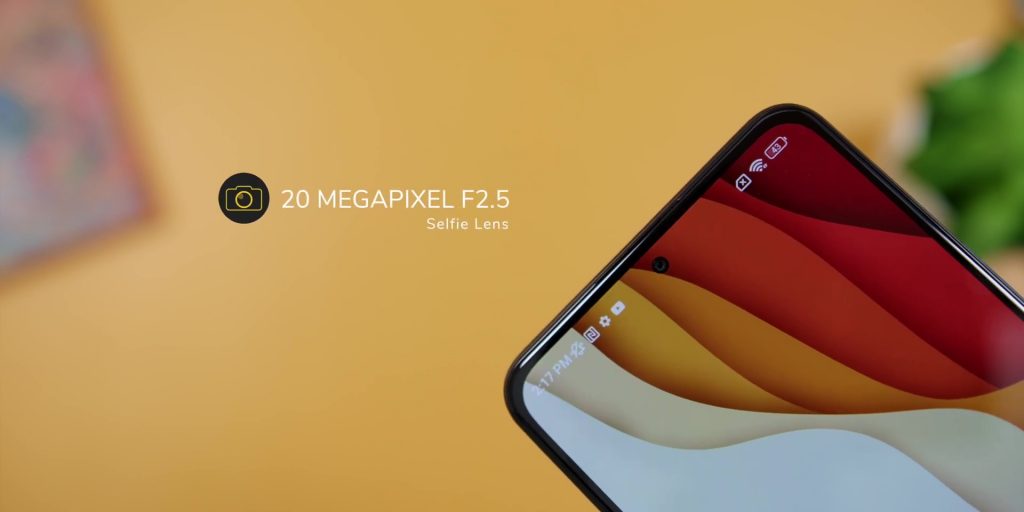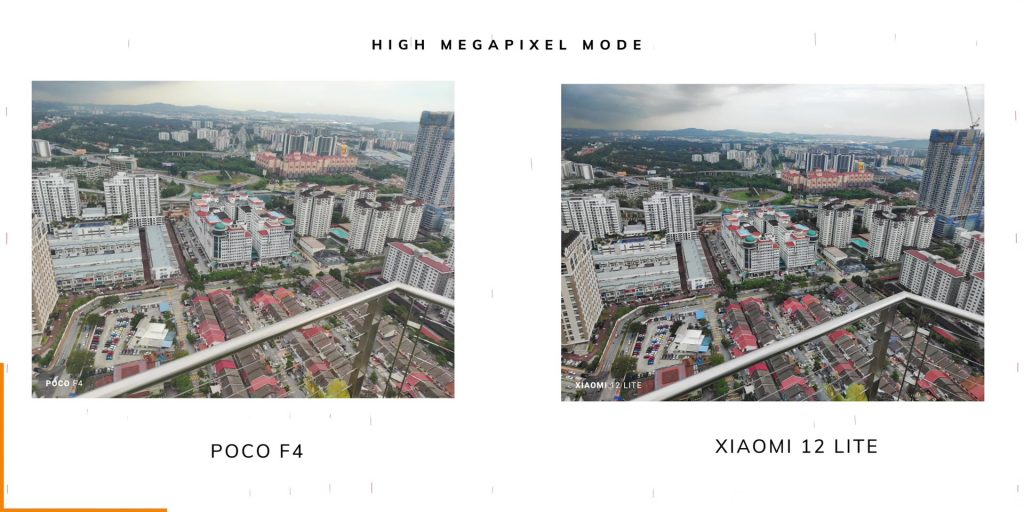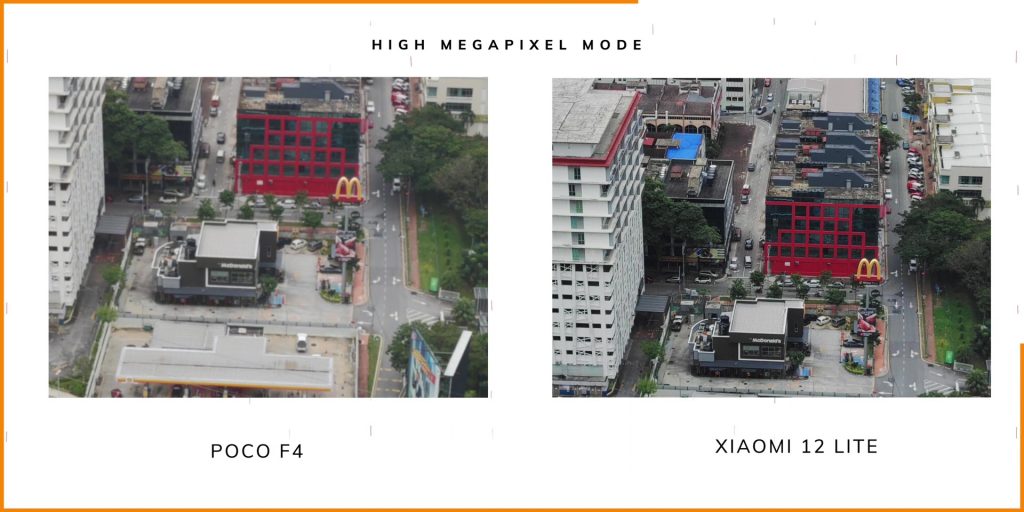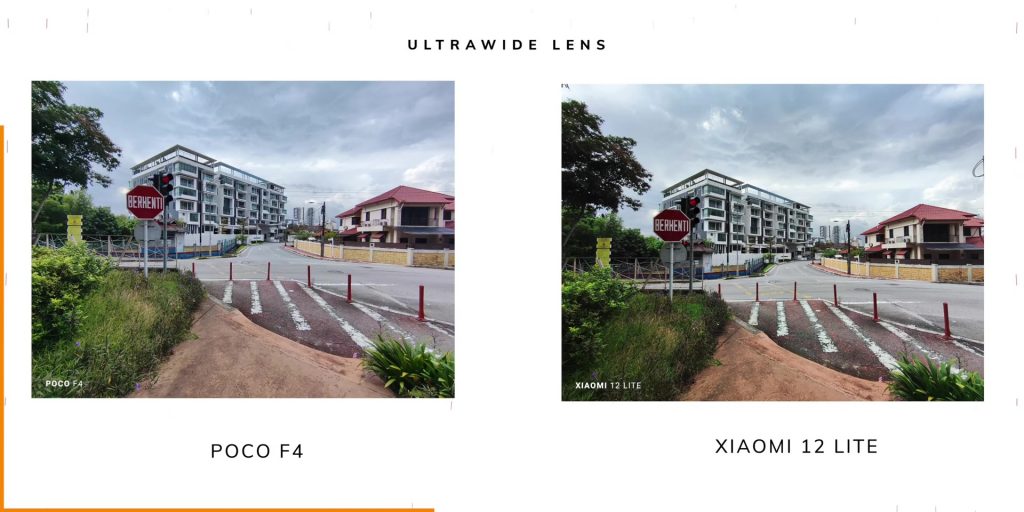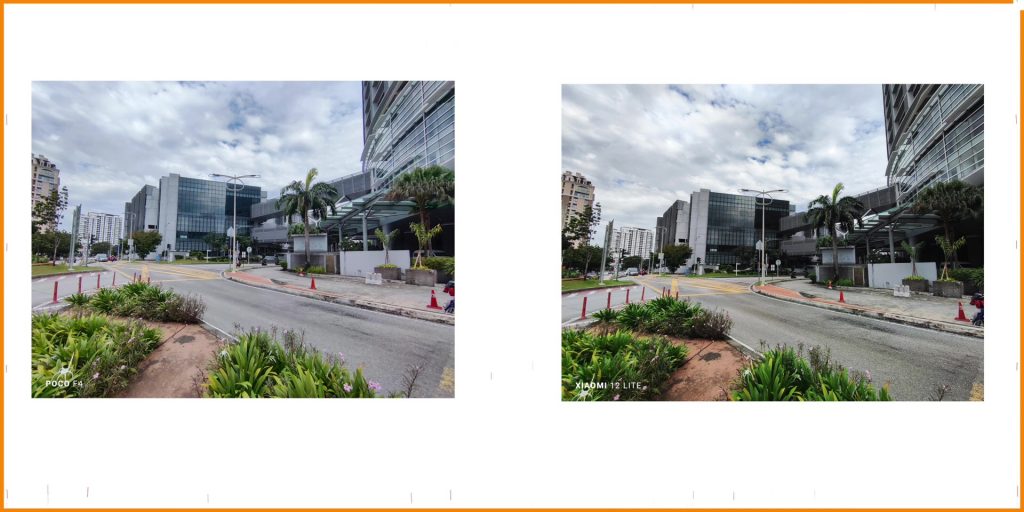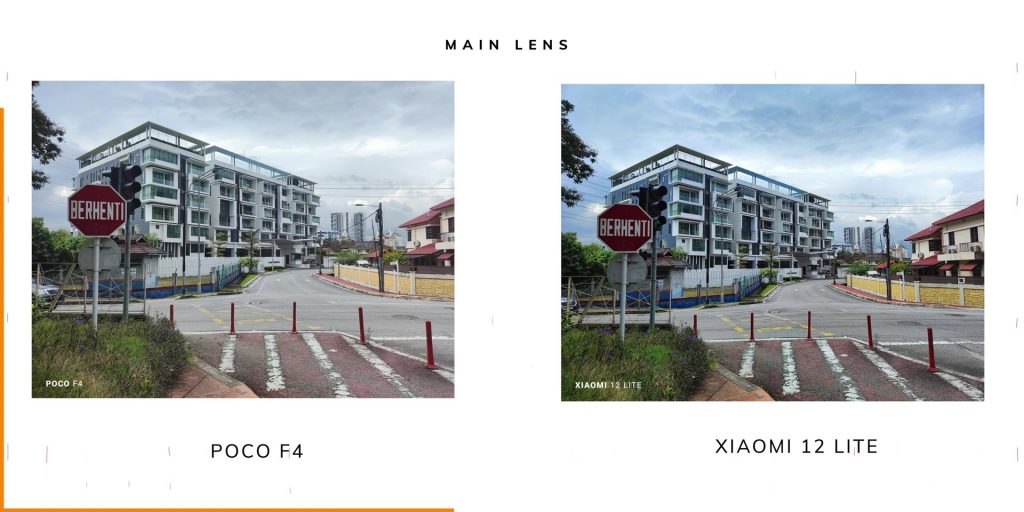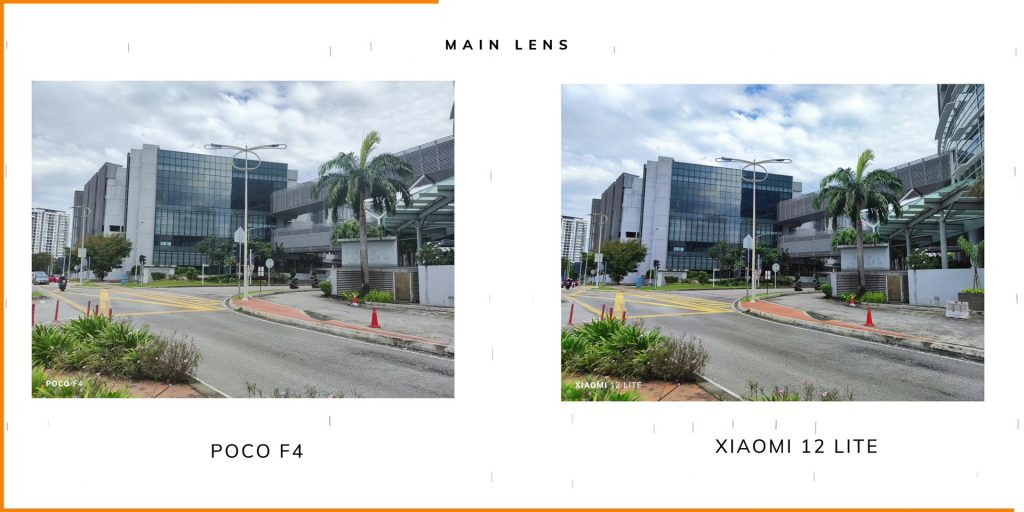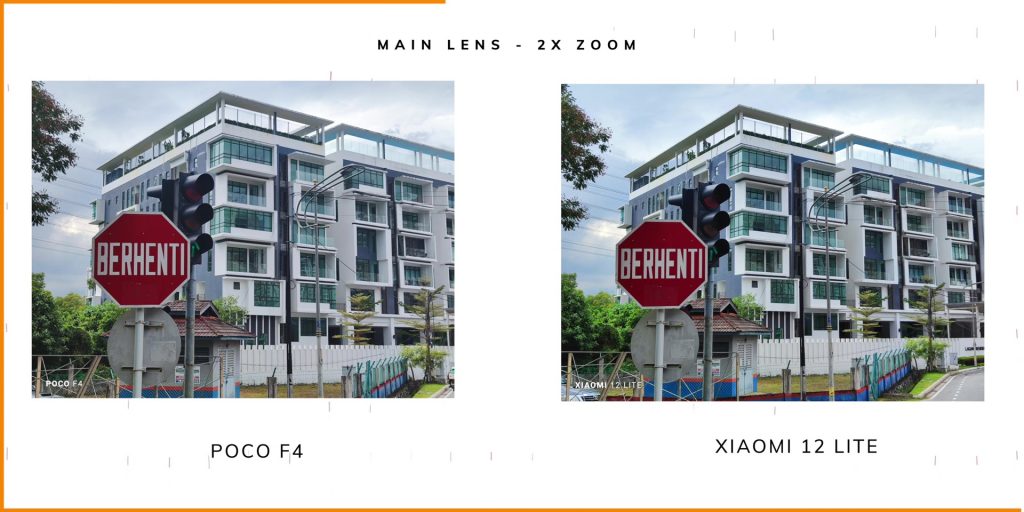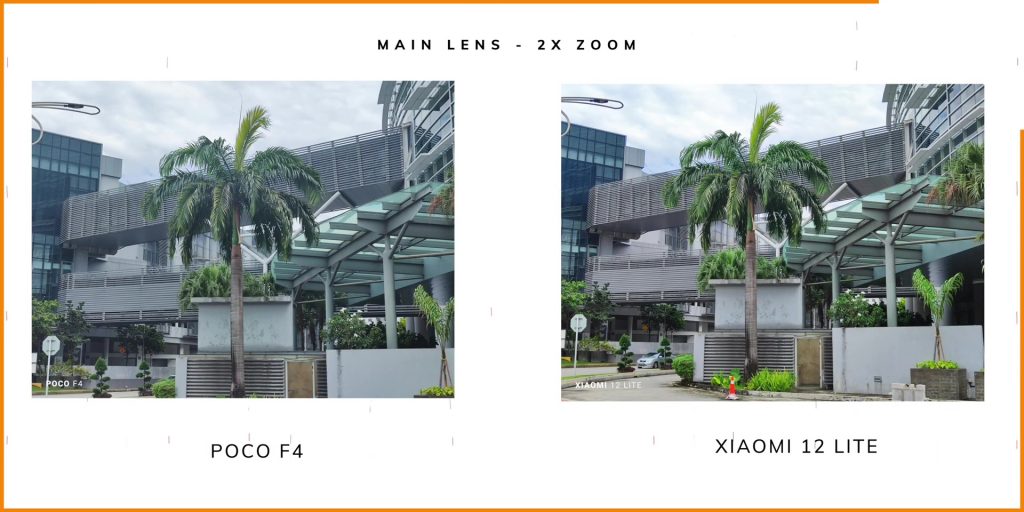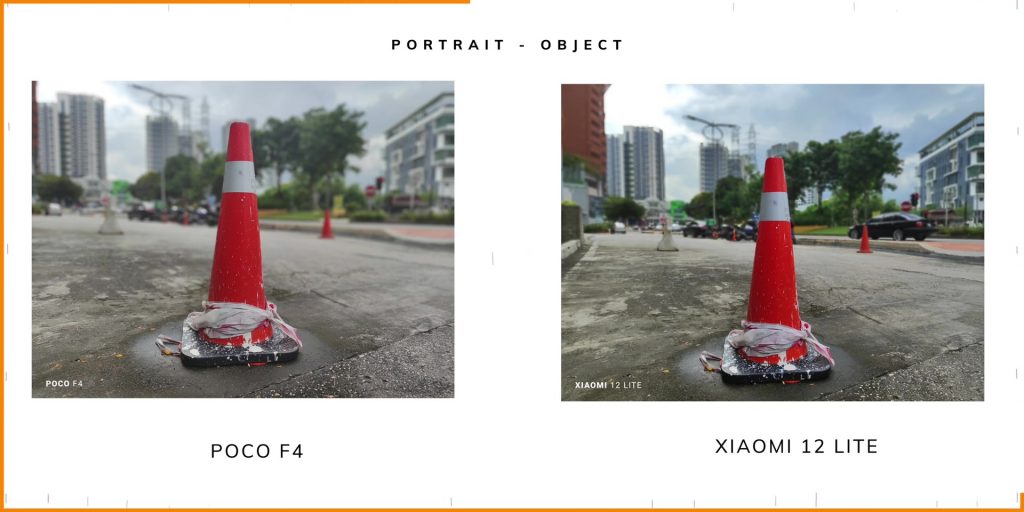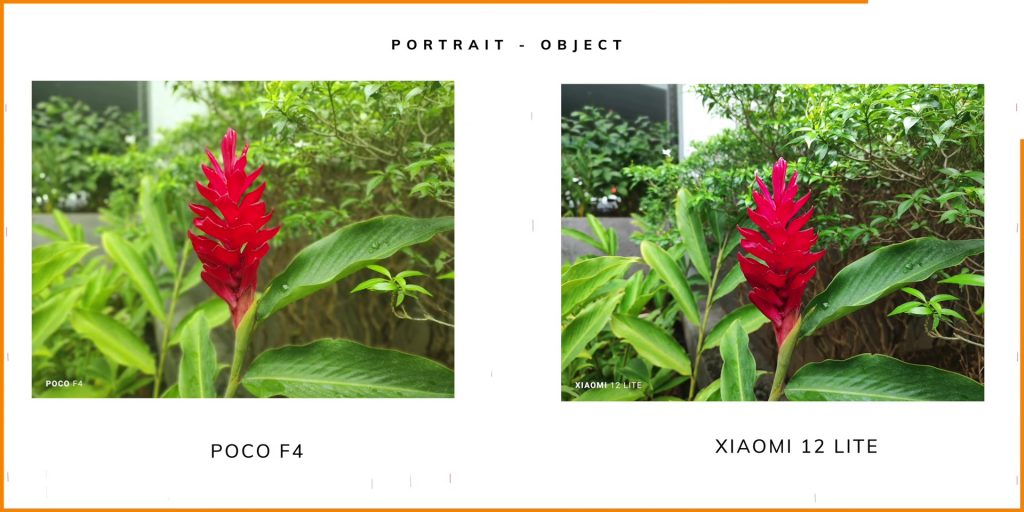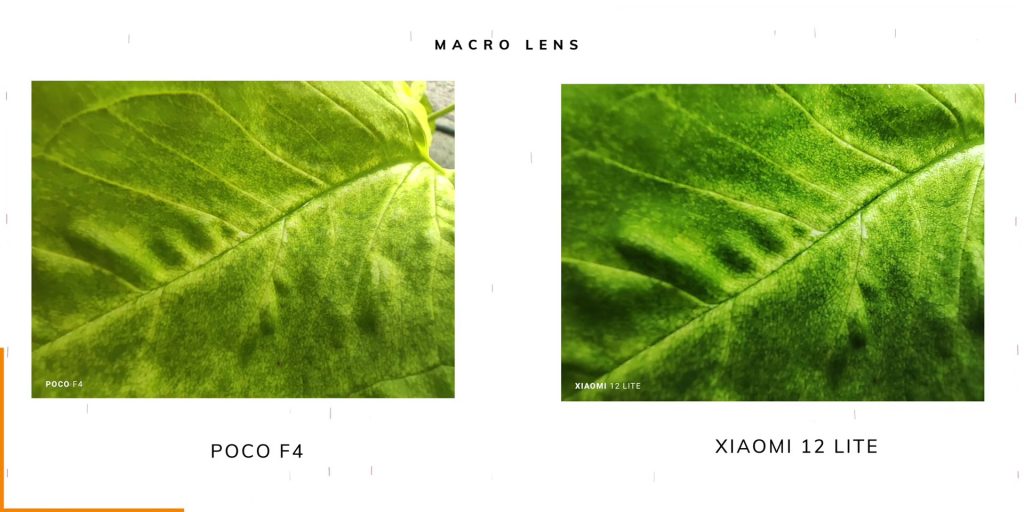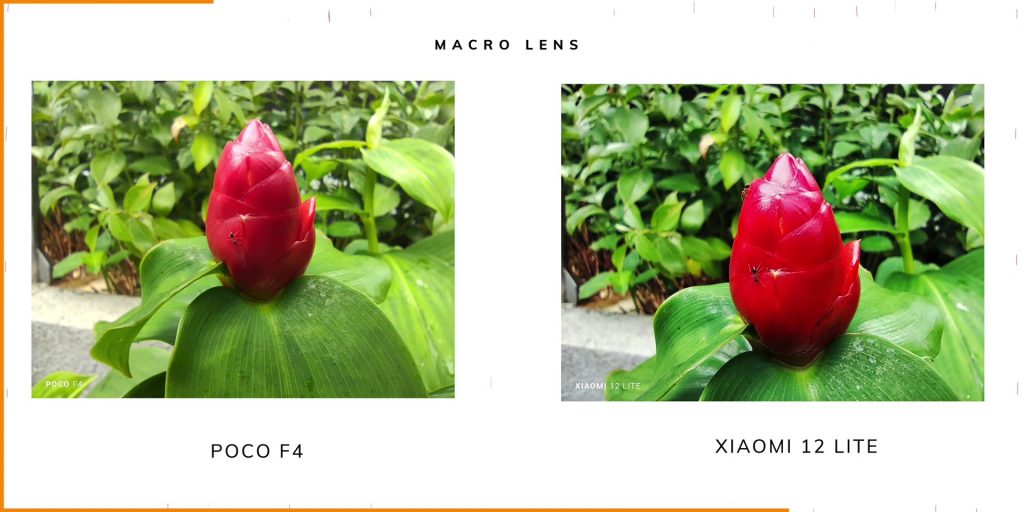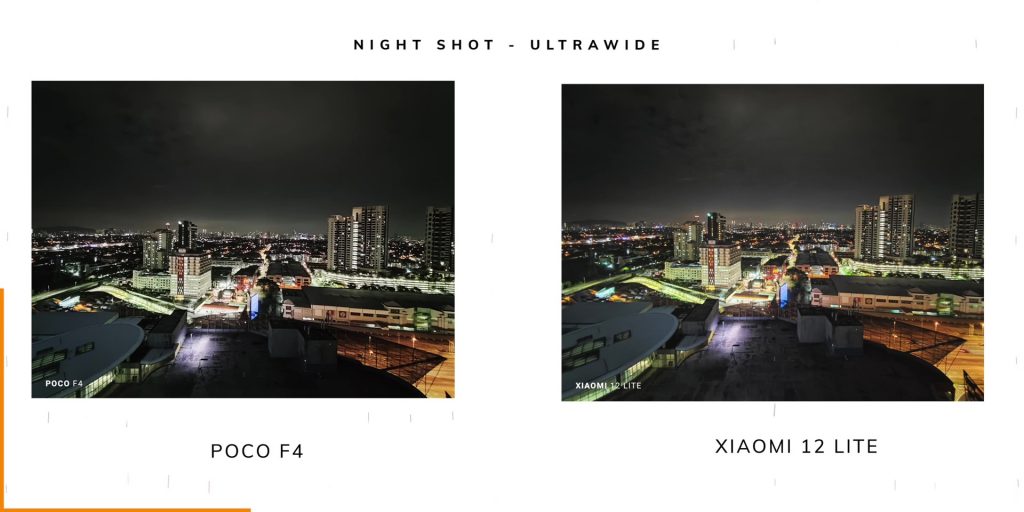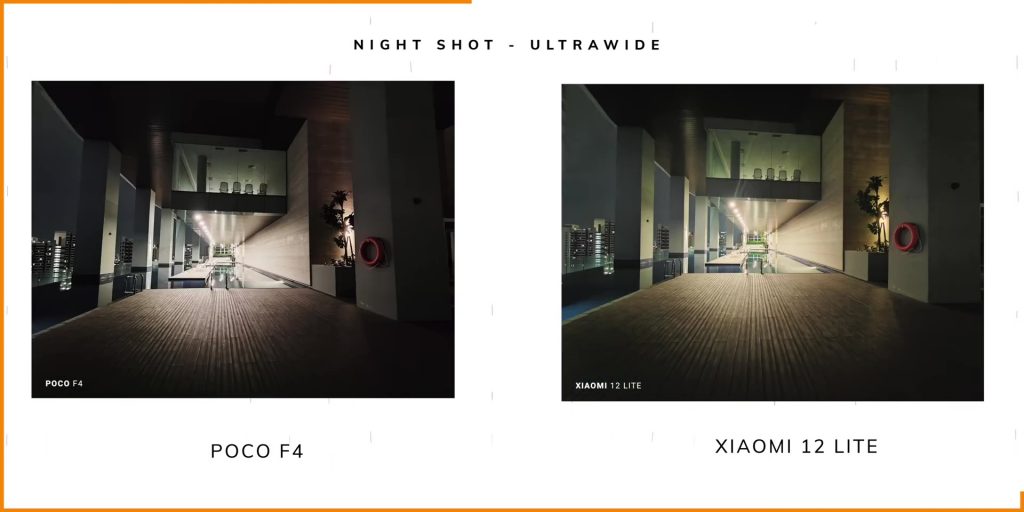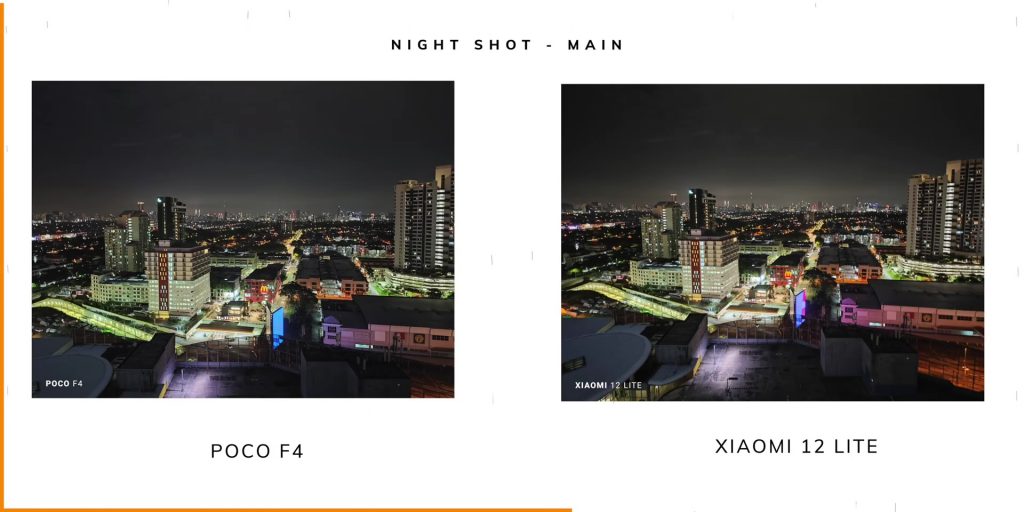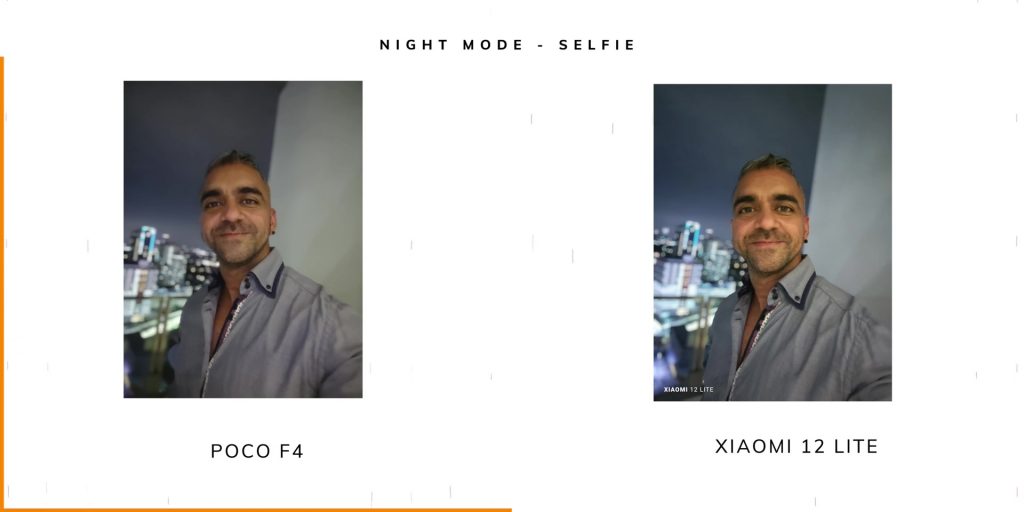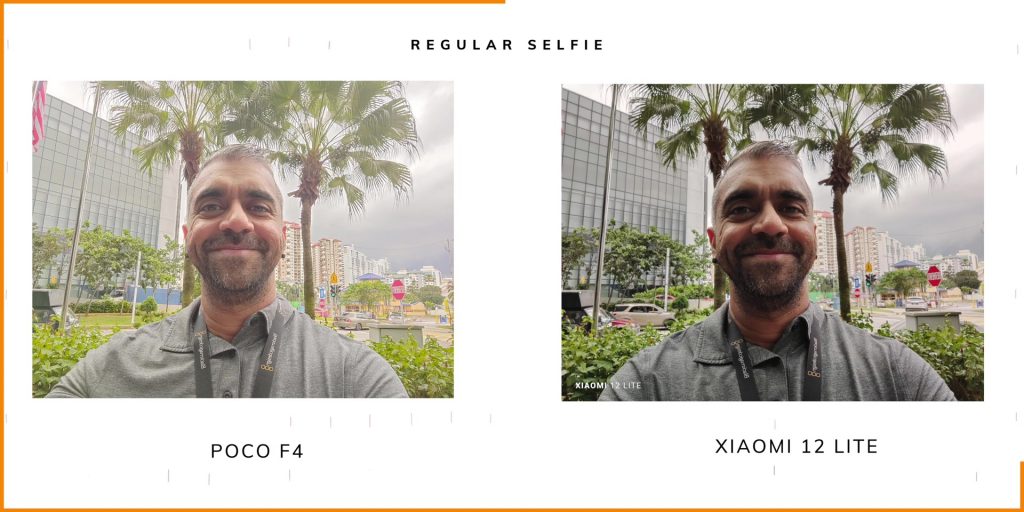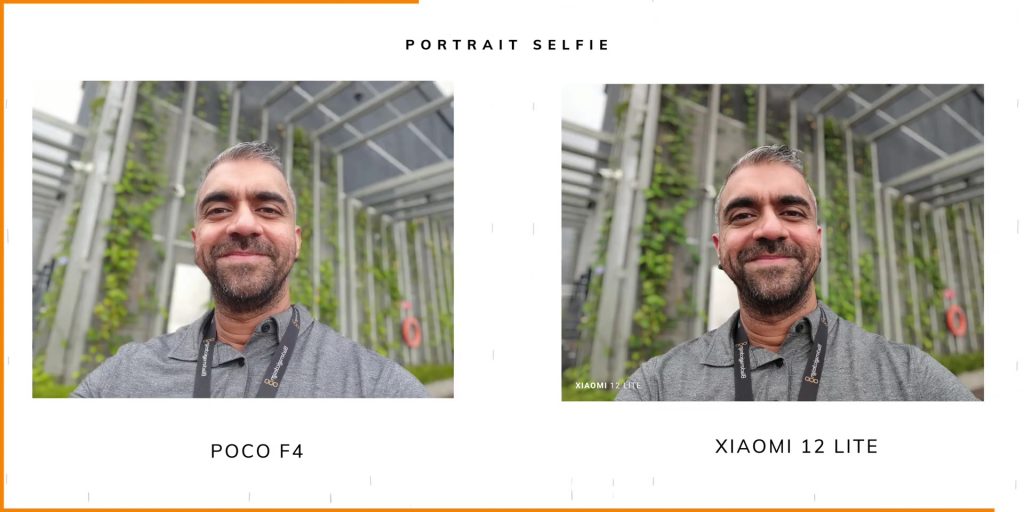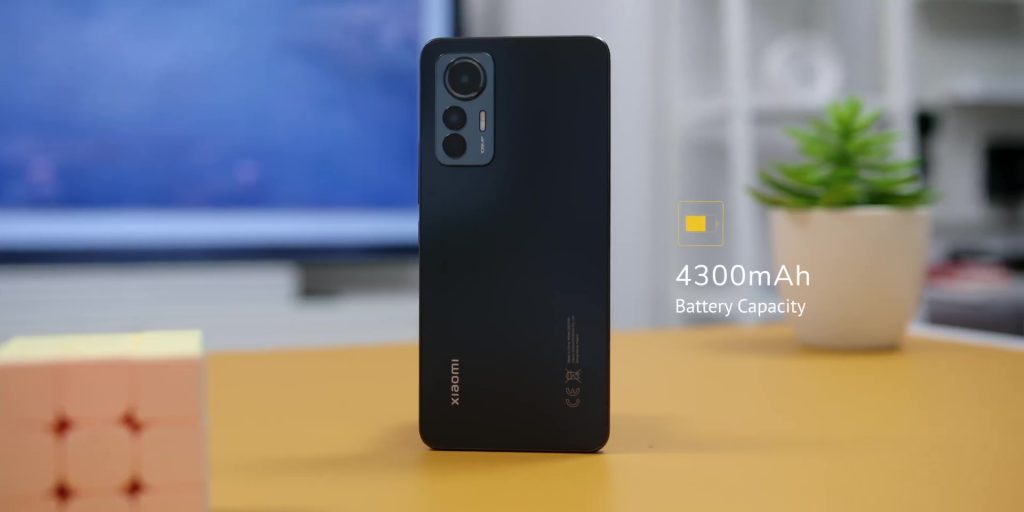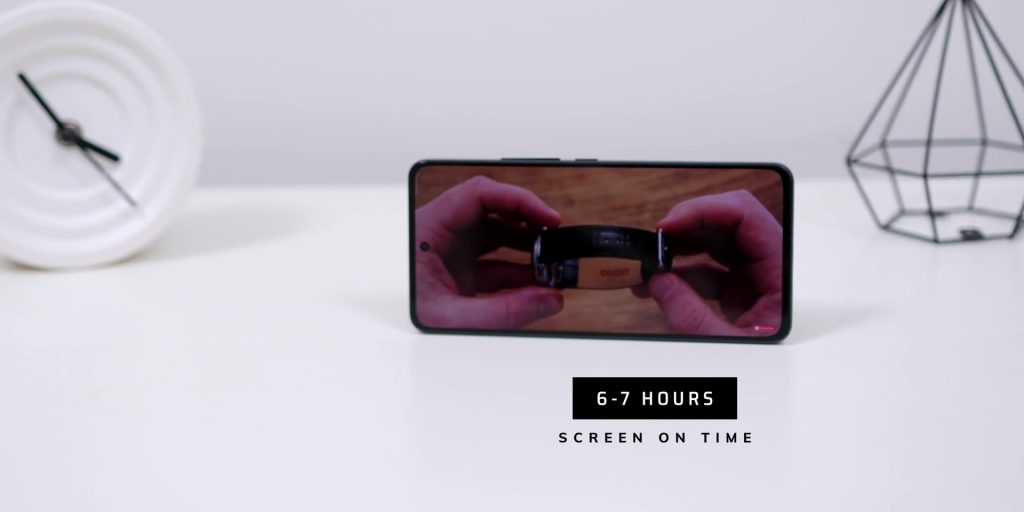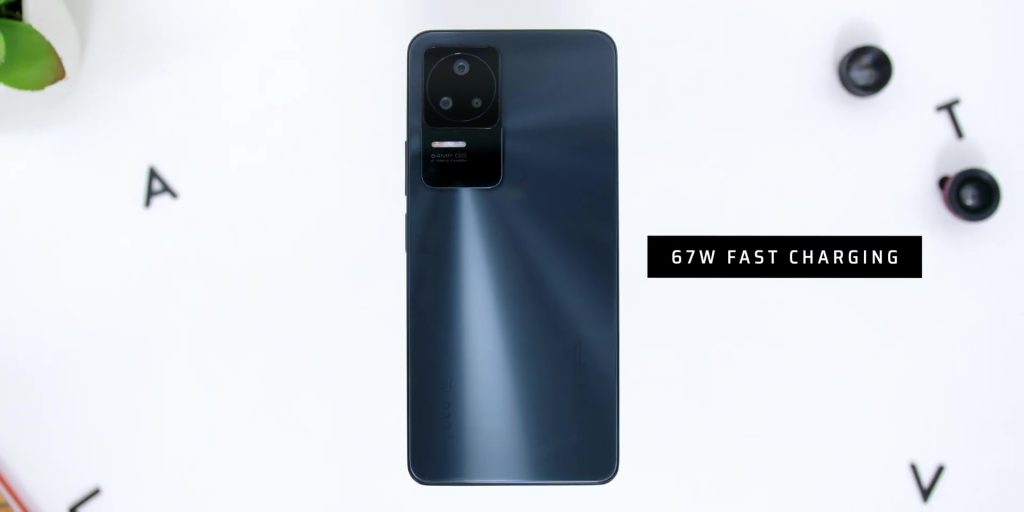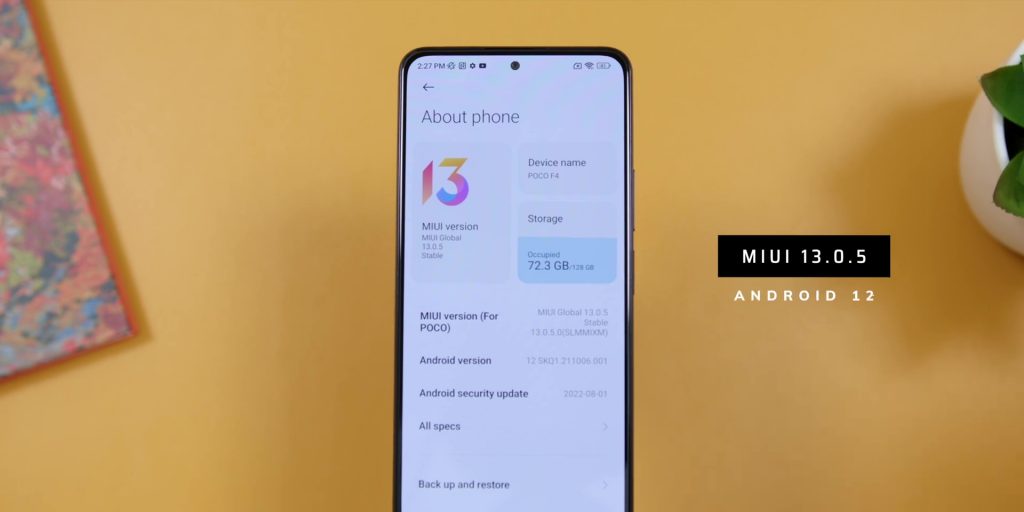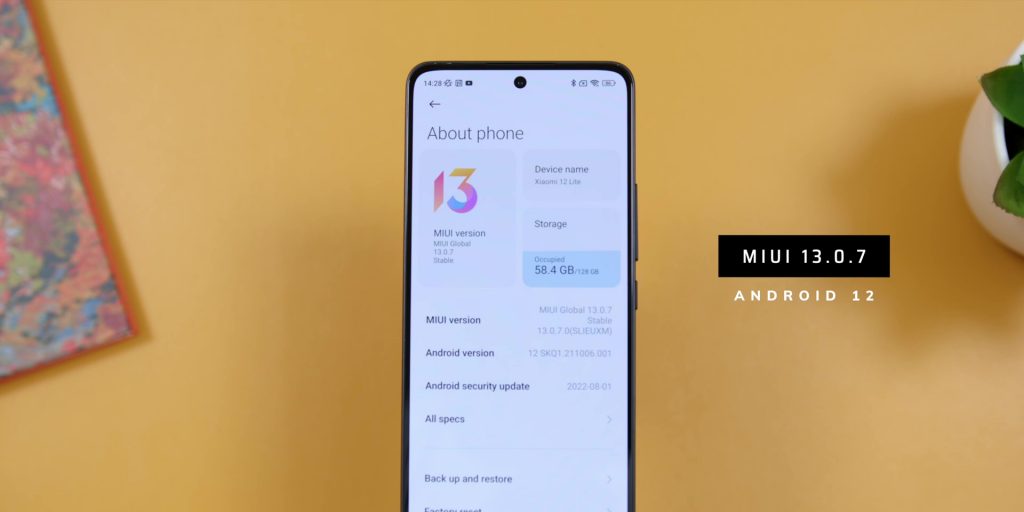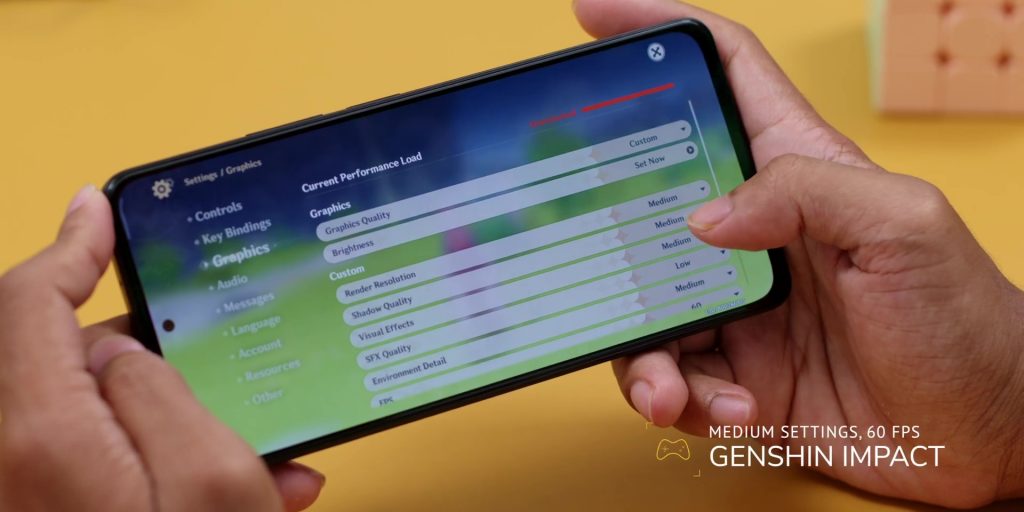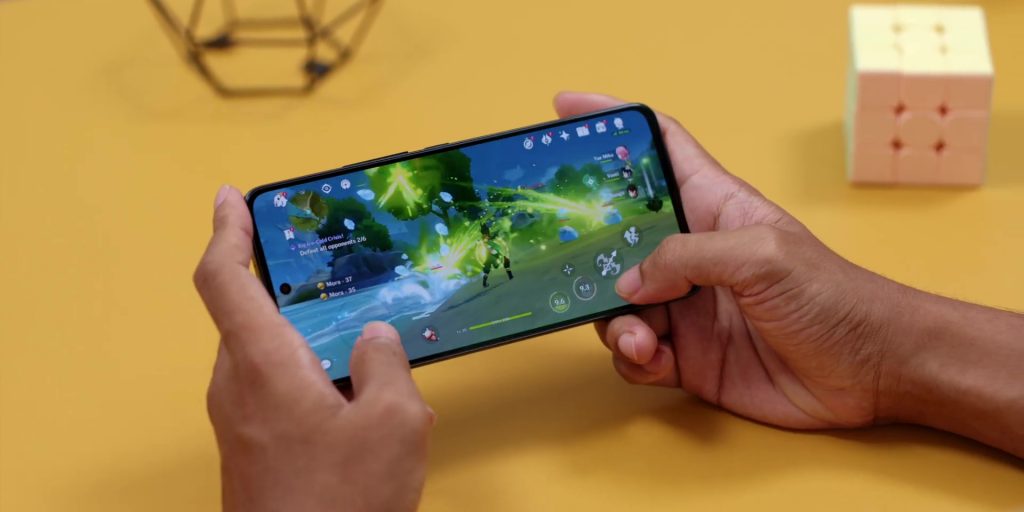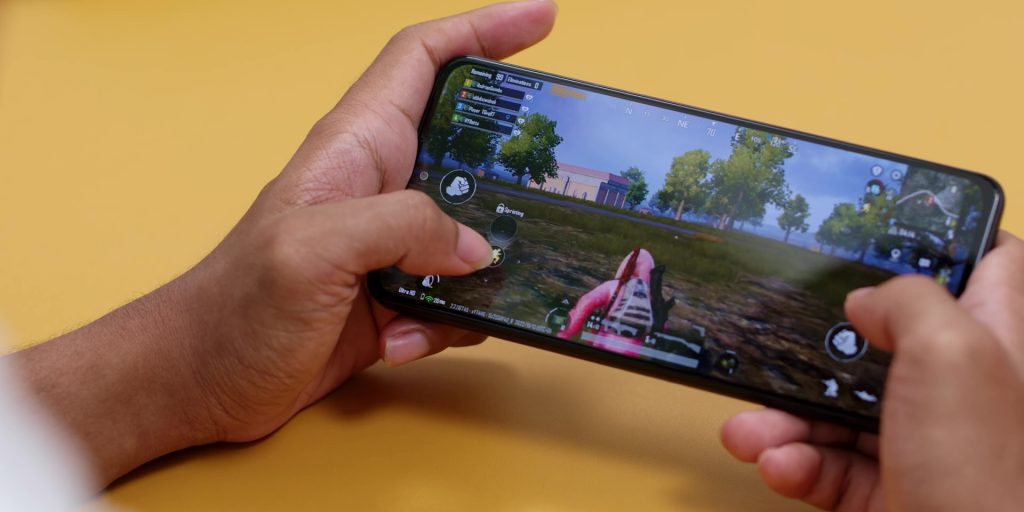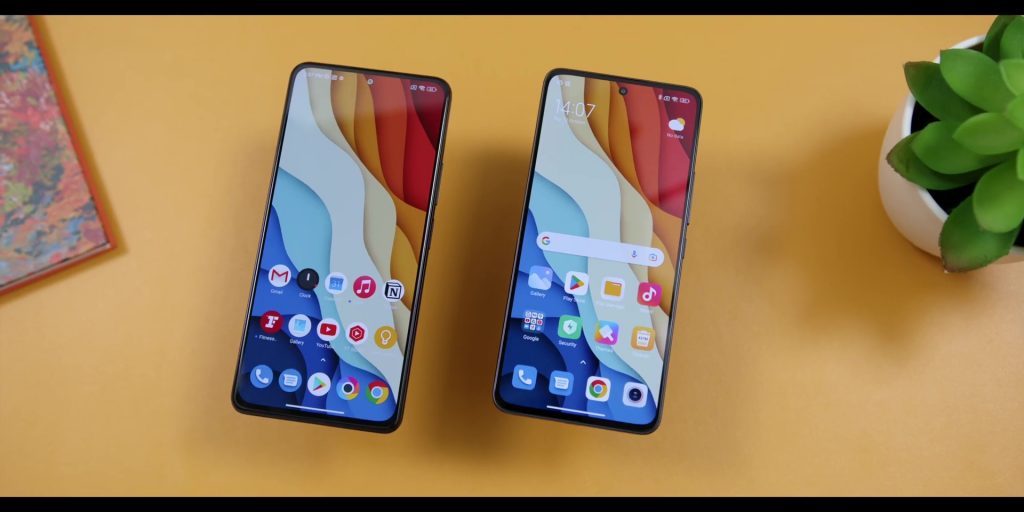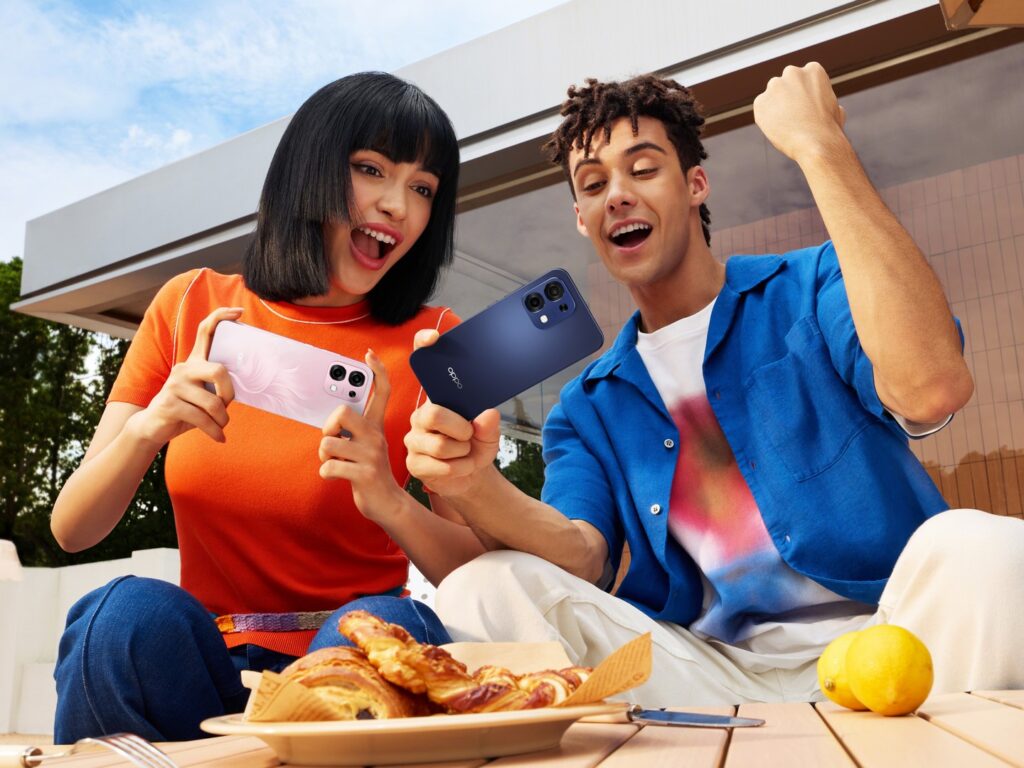So in my first hands-on review of the Xiaomi 12 Lite, I’ve mentioned about how the phone had lots of flagship-level specs that make it an imitator of sorts, hiding under the shadow of being a mid-range phone, and based on my YouTube community post, all of y’all voted to go against this phone – the POCO F4, so here is that review for you.
Price
Now, before anything, let’s talk about the price of each phone. As of the recording of this video, the POCO F4 is priced at RM1599, which is about USD351, then the Xiaomi 12 Lite is priced at RM100 or USD22 more at RM1699, which is about USD373.
And I have to be honest to say that initially I was wondering why the Xiaomi 12 Lite was higher in terms of the price range, then I remembered that the chipset on the Xiaomi 12 Lite was better, and that brings us to the next topic, which is the hardware.
Hardware
So the POCO F4 is equipped with the Snapdragon 870 Chipset, which is the same chipset as the POCO F3, and that was pretty questionable as why didn’t POCO upgraded from that 7nm chipset and the Xiaomi 12 Lite is using the Snapdragon 778G Chipset, which is a better 6nm process chip.
Now, I wouldn’t say that both phones ran cool during long heavy gameplay or use, but there were no overheating issues when using this particular chipset, which I will dive in deeper in my gaming review later.
In terms of the weight, the Lite word on the Xiaomi 12 Lite is not only in the name to represent the specs compared to its elder siblings, but the phone was physically light too, at a mere 173 grams compared to 195 grams on the POCO F4.
As for which felt nicer in the hands, well because I’m not a huge fan of a glossy finish since it does attract lots of fingerprints, hence I prefer the matte finish on the Xiaomi 12 Lite, and to me, it just felt premium to hold, especially with the more squared-off edges.
Now, if you are like me, who likes to type on the phone when it’s on a desk, the POCO F4 will not wobble at all when you are typing on the virtual keyboard, whereas it does wobble on the Xiaomi 12 Lite.
Then the placements of the ports and buttons are the same, with only the speaker looking just a little different.
So overall, I would give this round to the Xiaomi 12 Lite from the build quality and the overall design perspective.
Display
Looking at the phone’s display, the POCO F4 has a slightly bigger 6.67 inches, compared to the Xiaomi 12 Lite’s 6.55 inches.
Now I have said it before, and I will repeat it again, that the POCO F4’s screen is really impressive, with perfect adjustments of the automatic screen brightness mode and the phone can get really bright up to 1300 nits of peak brightness, which is very unheard of for a smartphone within this price range. And while the Xiaomi 12 Lite has a lower peak brightness at 950 nits, but I felt that the phone was still quite visible during harsh daylight.
Both phones have the exact resolution of 1080 x 2400 pixels, so it is equally as sharp and it also has the same Corning Gorilla Glass 5 Protection as well.
Unlocking the phone is different; where it is through the in-display fingerprint sensor for the Xiaomi 12 Lite, and like how all the POCO series usually is, it unlocks via the side-mounted fingerprint sensor. Both are equally as fast, so this boils down to a personal preference.
As for video content consumption, they were equally as good once again with Dolby Vision certified playback on Netflix, and once again, the automatic brightness on the POCO F4 when it comes to watching videos were better and more versatile in different lighting situations.
Then the POCO F4 also has the additional option of the AI Engine for AI HDR Enhancement and MEMC as well, which is an added plus to enhance the HDR playback and a smoother motion too.
So if I really had to choose, my pick would be the POCO F4, but I’m not saying that the Xiaomi 12 Lite is not good because it was still excellent too.
Camera
So the cameras on these two phones, once again, could be the decision maker or the deciding factor between these two phones. So the question is that – if the huge sensor on the Xiaomi 12 Lite on the cameras is better than the POCO F4.
As a recap of the specs, the Xiaomi 12 Lite has a massive 108MP F1.9 Main lens, an 8MP F2.2 Ultrawide lens, and a 2MP F2.4 Macro lens (yeap, everyone’s “favorite” lens)
Then the POCO F4 has a 64MP F1.8 Main Lens, and a similar Ultrawide and Macro lens, so the only difference from a hardware’s perspective is in the Main lens.
Then as for the front camera, the Xiaomi 12 Lite has a 32MP F2.5, and the POCO F4 has a smaller 20MP, also with the same aperture value as well.
Now before I go into the picture samples, a very quick disclaimer that these particular shots were taken in a very gloomy weather as of late here in Malaysia. I really wanted some nice bright sunshine daily, but I just couldn’t get any, so I went ahead and just took some shots on these two phones instead of delaying this review further.
High Megapixel Mode
Starting from the high megapixel mode, the images looked a bit washed up, the contrast balance on the POCO F4 was nowhere as great as the Xiaomi 12 Lite.
And, of course, in this particular mode, you can zoom in close about 6 times into the images, where you will see sharpness and better details on the Xiaomi 12 Lite since it has a way bigger megapixel count as well.
Ultrawide Lens
Switching over to the ultrawide lenses, this time around, the POCO F4 looked nicer as the images were brighter, and the color accuracy was more on point than the Xiaomi 12 Lite without crushing the shadows, which was quite peculiar since both had the same ultrawide lenses.
Main Lens
Then the same could be said for the main lenses, where the pictures on the Xiaomi 12 Lite seem to be a bit more blueish on the skies and the building in this first image towards the left.
However, in this second image, the palm tree on the right looked washed out once again on the POCO F4 compared to a better contrast balance on the Xiaomi 12 Lite.
So it seems like the image processing on the POCO F4 is not very consistent on the main lens.
Zoom
Then the 2x zoom images looked very identical on both phones, where the pictures on the Xiaomi 12 Lite once again had a slightly blueish tint, but it was slightly sharper than the POCO F4.
Then the second image had the POCO F4 being washed out once again.
Portrait Mode
As for the rear portrait mode for the lenses on objects, the Xiaomi 12 Lite seems to be confused on keeping which subject in focus – whether or not the cone in the middle and also the motorbike’s rim as well, whereas the POCO F4 kept the background blur more consistent.
Then on plants, both seem to be very great on both phones.
As for human portrait images though, both did a horrible job trying to get strands of hair to be able to focus properly, but the skin tones on the Xiaomi 12 Lite were better and more accurate as well.
Then in this second photo, the edge detection is slightly better on the Xiaomi 12 Lite.
Macro Mode
Next, switching over to the Macro mode though… Oh God, the images coming out from the Xiaomi 12 Lite were just crappy, man, there was so much noise in the background, and the bud of the flower looked almost fake in these two sample shots, as you guys can clearly see.
But I wouldn’t say that I am a huge fan of the macro shots coming out of the POCO F4 too.
Now, I don’t mind this whole macro lens if it performs well, but I don’t get the purpose of these lenses if it’s going to perform like this.
Night Mode Shots
Ultrawide Lens
As for the night mode shots, for the ultrawide lens, the highlights and shadows were quite identical, except there seems to be a bit more detail in the sky area on the Xiaomi 12 Lite in this first image, even though both phones have the same lenses as mentioned earlier.
However, in this second image, I like how the skies were a bit cleaned up towards the top left of the image on the POCO F4; hence you will get a cleaner image.
Main Lens
Now what’s interesting is that the main lenses looked very close to each other on both phones, even in a slightly low-lighting environment.
Selfie
And if you like to take selfies at night, while both exposed the images very well, but they were quite soft, and the edge detection on the Xiaomi 12 Lite was once again better.
Daytime Shots
Regular Selfie
The regular-mode selfie images were great, just a slight difference in contrast, but overall it did perform great if the light is in front of you.
BUT if the light is behind you, don’t even bother trying to get a clean shot for the background area for the POCO F4, as the Xiaomi 12 Lite just did a better job over here.
Portrait Selfie
And if you go into the portrait mode, the edge detection on the Xiaomi 12 Lite is better, and the skin tone is once again also better on this particular phone.
Video Recording
>>>[Check out my sample video footages on my YouTube video]
Ultrawide
So when it comes to the recording resolution of the ultrawide lenses on both phones, they can only record up to 1080p.. *sighs* What’s new?
And they looked decent, but once again, the POCO F4 was looking a little brighter compared to a deeper contrast look on the Xiaomi 12 Lite.
Image stabilization was a funny story, because both phones were great when using the ultrawide lenses without the so-called Steady Mode, because when I put on the Steady Mode on both phones, it looked WOBBLY, which just simply does not make any sense! So please don’t use that “Steady Mode” guys.
Main
And once again, on the main lenses, the footage seems to be pushing the contrast and highlights just too much on the POCO F4, making it a little washed out once again.
Front Video
Then as for the front video recording resolution, here is another way or another thing that Xiaomi and POCO just don’t want to improve on and move forward in the year 2022. Because guys, even until now, both phones record only up to 1080p… Woohoo, 1080p, baby!
The only difference is that the Xiaomi 12 Lite can record up to 60 frames per second instead of just 30 frames per second on the POCO F4, but the overall footage was decent, with excellent image stabilization.
But remember, with apps like Instagram and TikTok, it will bring down the resolution further, so having a 4K front camera would definitely give us more benefits.
Night Video Main
Taking videos at night was decent on both phones, and the image stabilization was very great over here.
Night Video Ultrawide
However, the quality of the ultrawide lenses was not as great as the main lens, and the video footage looked a little noisy, especially in the shadows area.
Selfie Video
And when it comes to the selfie video, while the image stabilization was good, but the overall video quality was decent at best.
Next, let’s see how both phone’s cameras performed when it comes to the audio and video recording for a more vlogging situation, so you can be the judge. [Check out my vlogging test on my YouTube video]
So guys with this, there are very interesting mixed results but if you really had to choose, which camera smartphone would you choose? The POCO F4 or the Xiaomi 12 Lite?
Battery
As for the phones’ battery specs, the POCO F4 has a larger battery of 4500 mAh, which I would consider just okay, as 5000 mAh would have been better…
…but when I learned that the Xiaomi 12 Lite had only 4300 mAh, that for me is pretty ridiculous for a smartphones these days right?
And the problem with the latest MIUI update is that the screen-on time does not read after the phone has charged to 100% battery like before, so what happens is that the screen-on time shows pretty inconsistent results where sometimes it shows the amount of usage that I use the whole day, and suddenly when I go back to viewing the screen, it goes back to zero, even without using any cleaner apps when I use it daily.
So with this, you will have to take my word for it that I got about 7 hours and 30 minutes of screen-on time on the POCO F4 compared to the Xiaomi 12 Lite, where I was averaging about 6 hours plus and even sometimes 7 hours maximum if I don’t really use the phone heavily.
Now, keep in mind that these tests were done in the forced 120Hz refresh rate, and dark mode turned on as well.
Charging performance was equally as good, where it supports fast charging up to 67 Watts with no wireless charging.
So obviously the winner over here would be the POCO F4, with the bigger battery and of course better screen-on time when using it daily.
Software
So since nothing much has changed on the MIUI skins in my last POCO and also Xiaomi review, I am just going to let you know very quickly that during my daily usage, it was fine. I had no complaints except for the fact that I feel MIUI should really consider changing the entire UI to probably follow the footstep of OnePlus of going with an overhaul of the layout in OxygenOS 13.
But just for the sake of letting you all know that as of the recording of this video, the POCO F4 was at version 13.0.5
and the Xiaomi 12 Lite was at version 13.0.7
Now even though both versions of the MIU are slightly different, I did not feel any difference when using both phones daily, especially since both phones had the same RAM and storage configurations, and the haptic feedback on both phones was pretty great as well.
Gaming
So if the RAM and the storage configuration is the same, how about when it comes to gaming then?
Well, based on my test, starting with Genshin Impact on the POCO F4, the best settings were at medium graphics, where the game ran smoothly with no visible stutter or micro lag as how it was during my previous review. And the phone barely became hot even with 30 minutes of continuous gameplay.
Switching over to PUBG Mobile, as usual, the game was very optimized on the POCO F4, and I felt like the touch control seems to be more fluid and more responsive as well.
As for the Xiaomi 12 Lite, the settings were the same as the POCO F4 and had the same great results as the POCO F4 on Genshin Impact.
However, compared to the POCO F4 when playing PUBG Mobile, it was still great, but I felt like the touch responsiveness on the POCO F4 was better than the Xiaomi 12 Lite.
So I would give a slight edge towards the POCO F4 when it comes to gaming.
Conclusion
So, in conclusion, which phone should you pick? Well, I humbly believe that the camera performance played a huge role over here to be a so-called “better” phone and based on my test, although the camera samples could be inconsistent, but I preferred the Xiaomi 12 Lite more when it comes to the skin tones and the image processing factor as well.
Now yes, the battery life on the Xiaomi 12 Lite was a little disappointing for me, but I just love how the phone felt in my hands, and with the fast charging, I could live with this kind of battery life.
So yes, with that, in my humble opinion, given a choice, my pick would be the Xiaomi 12 Lite based on everything that I have mentioned here, and I humbly feel that this extra RM100 or USD22 would benefit me or even you, with the updated chipset and the overall software updates as I felt that the POCO F4, until today, did not have the same “oomph” as the POCO F3 had.
BUT who cares what I think, what is more important is what YOU think! So let me know in the comments section of my Youtube video , which one would you choose and let’s discuss it over there.

